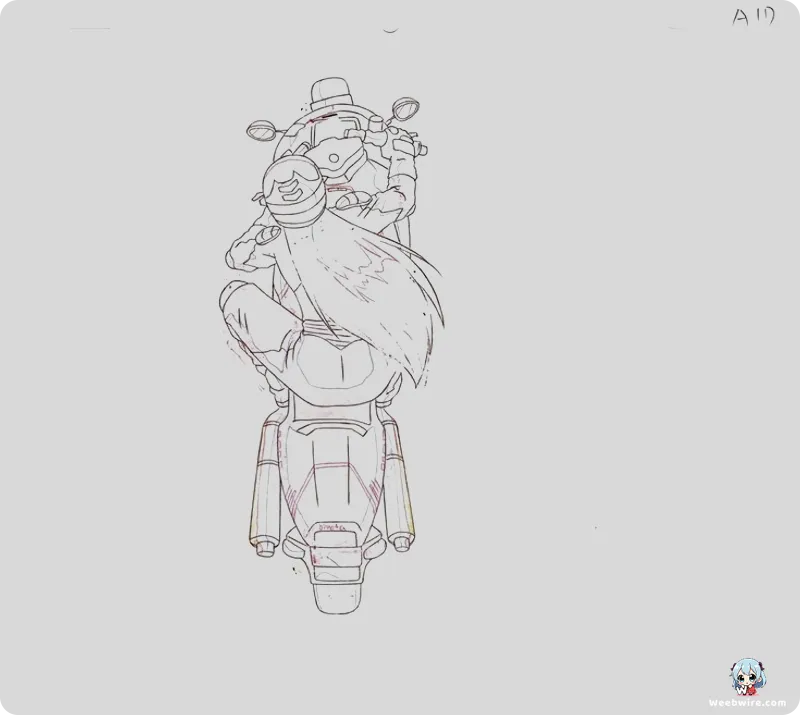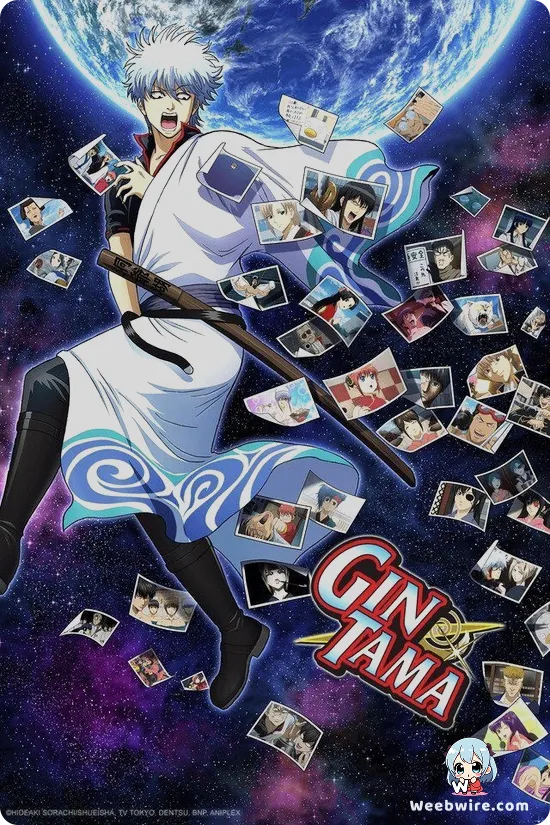GOLDEN BOY: Unpacking the Enduring Allure of a 90s Anime Cult Classic

In the vibrant tapestry of 1990s anime, certain productions transcend mere entertainment to become cultural cornerstones, celebrated for their distinctive blend of wit, character, and daring originality. Among these stands the seminal six-episode Original Video Animation (OVA) series, GOLDEN BOY, a boisterous, irreverent, yet surprisingly profound odyssey through the exploits of Kintaro Oe, a perpetually wandering student. Far from being a mere relic of its time, GOLDEN BOY continues to captivate audiences with its singular protagonist and a comedic style that masterfully balances crude humor with unexpected depth. This in-depth exploration uncovers the lesser-known facets and enduring appeal that firmly establish GOLDEN BOY’s status as a bona fide cult classic.
Kintaro Oe: The Student of Life
The heart of GOLDEN BOY's lasting charm lies with its central figure, Kintaro Oe, a self-proclaimed 'student of life' who, remarkably, abandoned a prestigious law school just shy of graduation. Forsaking a conventional path, Kintaro embarks on a cross-country journey atop his trusty bicycle, 'The Mikazuki,' dedicated to learning about the world not through textbooks, but through direct, often humbling, experience. His fervent mantra, 'Benkyou, benkyou, benkyou!' (Study, study, study!), perfectly encapsulates his earnest yet utterly unconventional approach to existence. What truly sets Kintaro apart is his uncanny ability to glean wisdom from any circumstance, no matter how mundane or mortifying. He undertakes a diverse array of temporary employments from a software company janitor to a noodle shop apprentice, a swimming instructor, and even a political campaign worker each time immersing himself completely, often with chaotic yet ultimately illuminating outcomes. His bizarre methods frequently involve him developing intense infatuations with the various women he encounters, leading to hilariously awkward and often ecchi scenarios. However, beneath his seemingly lecherous exterior lies a genuinely good-hearted individual who, despite his outrageous fantasies, invariably leaves a positive, transformative mark on the lives of those he touches. This striking dichotomy, the fusion of lowbrow humor with an unexpectedly pure spirit, forms the cornerstone of the show’s comedic genius.
Ingenious Episodic Structure
A particularly intriguing aspect of GOLDEN BOY is its ingenious episodic structure. Each of the six OVAs functions as a self-contained narrative, introducing a new setting, fresh supporting characters, and a novel 'lesson' for Kintaro to absorb. This format allowed the series to explore a wide spectrum of themes and societal vignettes. For instance, one episode depicts Kintaro's tenure at a software firm, where he inadvertently uncovers corporate espionage while simultaneously developing an intense crush on his supervisor. Another places him in a rural household, where he empowers a young woman to conquer her self-doubt by challenging her in a swimming race. This episodic nature not only maintains narrative freshness but also underscores Kintaro’s remarkable adaptability and his unique capacity to integrate into disparate social strata, frequently acting as an unwitting catalyst for change. The series subtly satirizes various facets of Japanese society, from rigid corporate hierarchies to the cutthroat world of politics and the struggles of independent artists, all filtered through Kintaro's unconventional perspective.
Animation and Voice Acting
The animation quality, especially for a mid-90s OVA, is remarkably fluid and expressive. KSS, the animation studio, masterfully brought Tatsuya Egawa’s distinctive character designs to life with dynamic motion and exaggerated facial expressions that perfectly convey Kintaro’s internal monologues and reactions. His signature 'eyes bulging out' or 'nosebleed' moments are iconic, adding significantly to the visual comedy. Beyond the visuals, the voice acting is absolutely crucial to GOLDEN BOY’s widespread acclaim. Mitsuo Iwata, the Japanese voice actor for Kintaro, delivers a performance that flawlessly captures the character's unique blend of earnestness, perversion, and underlying intellect. However, for a vast number of Western fans, the English dub, skillfully produced by ADV Films, is legendary. Doug Smith's portrayal of Kintaro is frequently hailed as one of the finest English dub performances in anime history. Smith not only matched Iwata's energy but arguably elevated it, injecting a layer of manic intensity and comedic timing that resonated profoundly with English-speaking audiences, solidifying the series' cult status outside of Japan. The dub's sharp wit and memorable lines are a significant contributor to its enduring popularity.

Anime vs. Manga: Significant Divergences
It is also imperative to note the significant divergences between the GOLDEN BOY anime and its original source material, Tatsuya Egawa's manga. The manga, which spanned ten volumes, is considerably longer and delves into more serious, often darker themes, including incisive social commentary, political corruption, and even speculative science fiction elements, with a more pronounced focus on Kintaro's ultimate objectives and his personal evolution. The anime, in stark contrast, selectively adapts only a small portion of the manga's early chapters, concentrating almost exclusively on the comedic and ecchi elements, streamlining the narrative to prioritize Kintaro's episodic escapades and his interactions with various women. This creative decision allowed the OVA to become a tightly packed, laugh-out-loud comedy, but it also means that fans of the anime have only scratched the surface of Egawa's original vision. The anime notoriously leaves Kintaro's journey unfinished, with no clear resolution to his 'study' or his ultimate path, a frequent subject of discussion among fans. This open ending, while potentially frustrating for some, also contributes to the series' mystique, inviting viewers to ponder Kintaro's continued adventures beyond the screen.
GOLDEN BOY's enduring legacy is a powerful testament to its unique fusion of humor, character depth, and surprising insights. It convincingly demonstrated that ecchi comedy could be more than mere fan service, frequently delivering genuine laughter and even poignant moments. Kintaro Oe, with his unwavering dedication to 'studying' life in all its messy glory, remains one of anime's most unconventional and memorable protagonists. The series’ ability to combine outrageous perversion with a pure heart, all encapsulated by excellent animation and iconic voice acting, ensures its place as a beloved, albeit quirky, gem in the anime pantheon. It’s a series that, much like Kintaro himself, is perpetually learning, consistently surprising, and always worth revisiting for a dose of its distinctive, golden charm.
Credits
GOLDEN BOY
Author
Tatsuya Egawa
Cover Art
Tatsuya Egawa
Studio
KSS
Publisher
Shueisha
Producers





